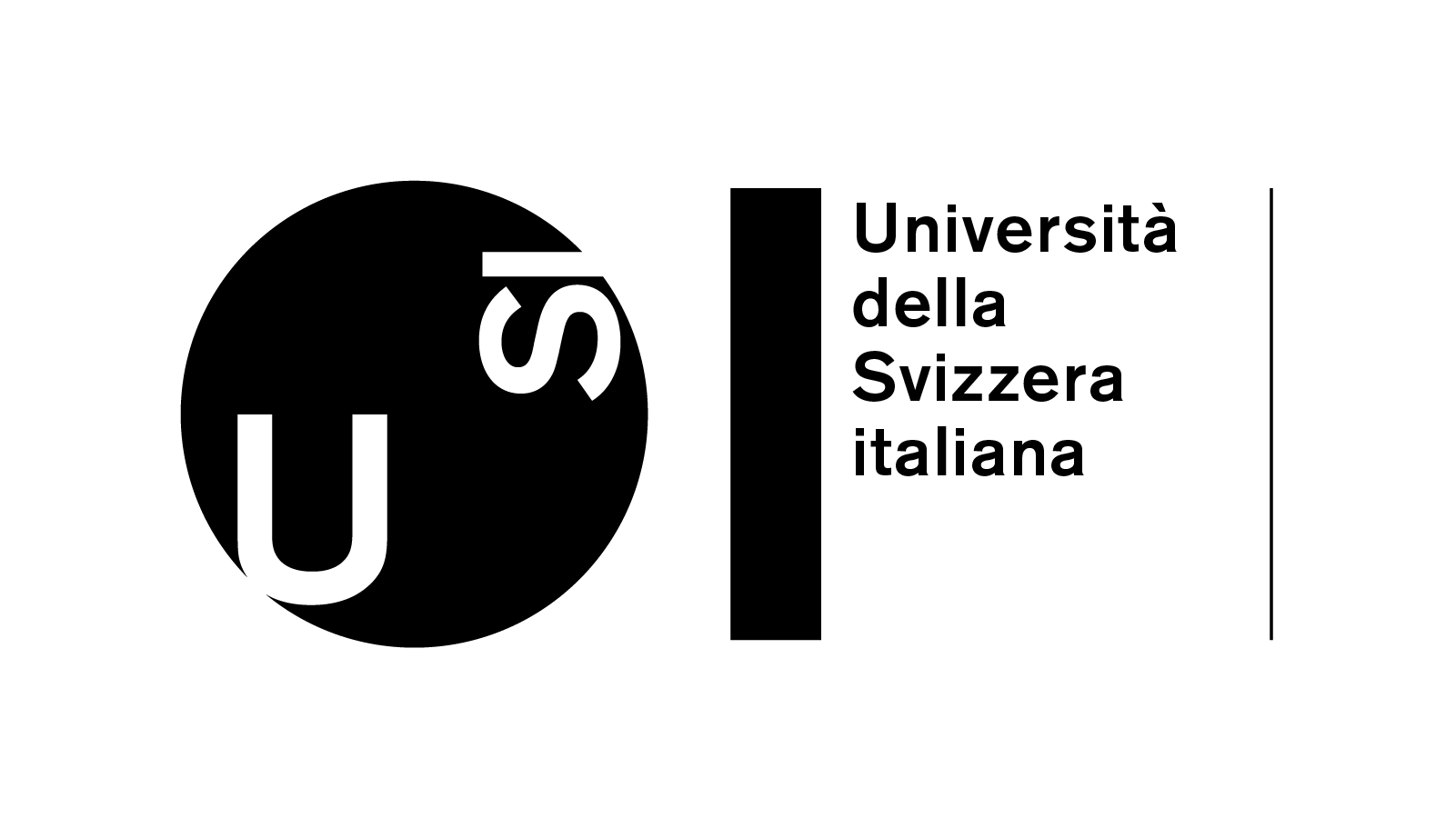Thanks to its high correlation with the total solar irradiance, the Sunspot Number (SSN), which represents a 400 years long observational data series, was recently recognized in the latest implementation plan of the Global Climate Observing System (GCOS) as valuable information for climate studies. In Switzerland systematic observations of sunspots started in 1847 by Rudolf Wolf, first in Bern and then at the Federal Observatory in Zurich. Its former external observing station Specola Solare in Locarno, built in 1957, became in 1981 the reference station of the SSN, at the same time when the world data center was transferred from Zurich to the Royal Observatory in Brussels at SILSO.
To ensure that the historical sunspot drawings and data of Specola Solare are archived in the long run, MeteoSwiss in the framework of GCOS Switzerland has decided to support the archiving and digitization of these drawings and data at the ETH Library in Zurich. The project is a joint effort by the Associazione Specola Solare Ticinese (ASST) in Locarno and the ETH Zurich and runs for 5 years.



